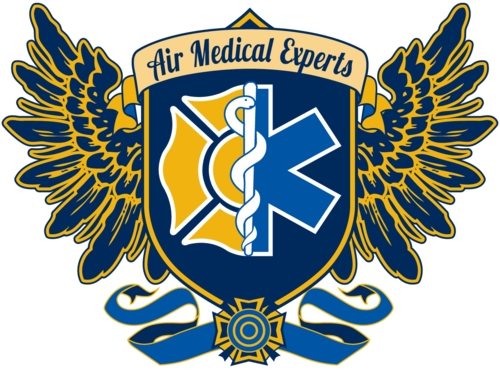AME DIFFICULT AIRWAY CADAVER LAB
The AME Difficult Airway Cadaver Lab serves several critical educational and training purposes custom tailored for paramedics, nurses, and other healthcare professionals working in a prehospital, transport medicine, and/or critical care environment. Our labs are designed to provide hands-on experience with airway management techniques by enhancing proficiency in emergency airway management and safely executing high-risk, low-frequency clinical interventions.
Objectives:
Comprehensive Skills Enhancement: Engages paramedics in a practical learning environment, focusing on the critical aspects of airway management, employing advanced techniques and tools to navigate complex situations efficiently.
Procedural Proficiency: Enhances the paramedic's expertise in executing life-saving interventions with precision.
High-Risk Scenario Preparedness: Equips paramedics with the necessary skills and confidence to manage complex emergencies effectively.
Key Components of the Lab:
Realistic Practice: Our cadaver labs offer a realistic anatomical experience, allowing paramedics to practice airway management techniques on human bodies. This real-life practice is invaluable for understanding the complexities and variations in human anatomy. While high-fidelity airway trainers are good, they simply cannot compete with human anatomy due in large part to human variability.
Experience with Difficult Airways: The primary focus is on airways that present intubation and ventilation challenges due to anatomical anomalies, pathologies, trauma, or other complicating factors, preparing Paramedics for exigent airway management situations.
Direct and Video Laryngoscopy: Offers intensive hands-on practice to master both traditional and advanced visualization techniques for endotracheal intubation using state-of-the-art video laryngoscopy technology.
Supraglottic Airway Devices: Training includes the application of devices such as the Laryngeal Mask Airway™ (LMA), King LT Airway™, and i-Gel™, emphasizing their role in securing a patent airway when endotracheal intubation is not feasible.
Invasive Procedures: Detailed procedural practice on cadavers for techniques such as chest tube insertion, emergency needle decompression, and pericardiocentesis, vital for managing thoracic emergencies.
Intubation Strategies and Techniques: Focuses on refining methods to overcome difficult airway access, enhancing the paramedic's ability to adapt to varying anatomical and clinical challenges.
Rapid Sequence Intubation (RSI) and Delayed Sequence Intubation (DSI): In-depth exploration of these critical protocols, tailored to address immediate airway management needs while considering the specific requirements of diverse patient populations (neonatal, pediatric, obstetric, geriatric, obese, and special needs).
Special Considerations and Clinical Adaptations: Medical Management of RSI v. DSI in patients with hemodynamic instability, and/or increased intracranial pressure (ICP).



